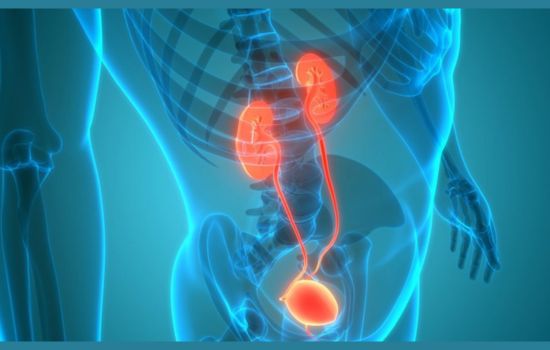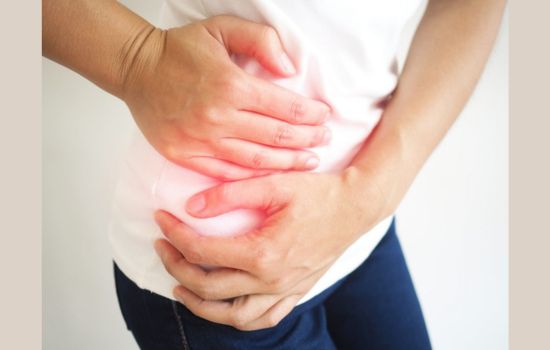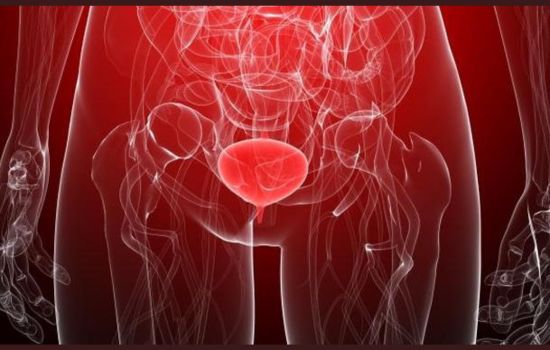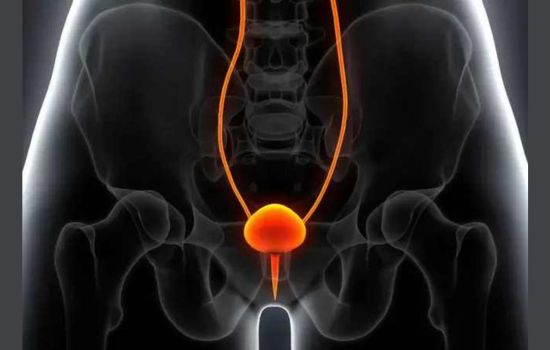Bladder Outlet Obstruction
Introduction
Bladder outlet obstruction (BOO) is a condition where the normal flow of urine from the bladder is impeded due to an obstruction in the lower urinary tract. This obstruction can cause various problems with urination and may lead to complications if not treated.











